Dr. Trinh Le Anh believes that the Yen Tu-Vinh Nghiem-Con Son and Kiep Bac relic and scenic complex has the beauty of a blend of nature, poetry and meditation. (Photo: TGCC) |
After a long and dedicated journey, the Yen Tu-Vinh Nghiem-Con Son and Kiep Bac relic and scenic complex was officially recognized by UNESCO as a World Cultural Heritage. It is both a title and a recognition from the world for the great cultural source that has flowed for nearly a millennium in the heart of the nation.
Along the sacred Yen Tu range, each stone, pine tree root, and stream quietly tells a story about the glorious period of the nation’s culture, beliefs, and history, like spiritual milestones - where we can “touch” the spirit of Dai Viet in the most intimate and authentic way. The extraordinary story of the Truc Lam Zen sect founded by a King-Buddha himself; the silent chanting echoing from the thousand-year-old woodblocks at Vinh Nghiem Pagoda; the halo of Hung Dao Dai Vuong Tran Quoc Tuan still seems to shine brightly on the heroic land of Kiep Bac.
"Con Son welcomes us with the beauty of a picturesque landscape, where the sound of the stream still murmurs like a thousand years ago in Nguyen Trai's poetry, where the Third Patriarch Huyen Quang chose to practice. That is the beauty of the harmony between nature, poetry and meditation...". |
The core of this heritage is the Truc Lam Zen sect - a unique school in the history of world Buddhism. In the middle of the 13th century, after twice leading the army and people to defeat the Yuan-Mongol horses, King Tran Nhan Tong made a historical mark when he gave up the throne, went to Yen Tu to practice, and unified the Zen sects to form a Zen sect with Vietnamese identity. Together with the two successive patriarchs Phap Loa and Huyen Quang, the king built a Buddhist ideology imbued with the nation's spirit of engagement.
Cultivation is not about avoiding the world, but about living fully in the world, taking protecting the country and serving the people as the path to enlightenment. It is this ideology that has forged the indomitable yet benevolent national spirit, creating the strength for Dai Viet to stand firm and shine.
As someone who has been there, studied, asked, listened, and written, I am fortunate to have the opportunity to walk on that heritage path, to feel it with all my senses.
Pilgrimages often start from Quang Ninh , which is considered the origin and capital of Truc Lam Buddhism. Arriving at Yen Tu, we seem to be lost in a sacred realm, where mist, clouds and ancient trees blend together. Each step up to Dong Pagoda is like a self-questioning, and when reaching Ngoa Van Am, where the Buddha entered nirvana, our hearts are strangely calm.
“The complex of relics and scenic spots of Yen Tu – Con Son – Kiep Bac – Vinh Nghiem” was inscribed on the List of World Cultural Heritage. (Photo: Hoang Duong) |
Leaving Yen Tu, the flow of heritage takes us to Bac Giang , where there is the majestic and ancient Vinh Nghiem Pagoda. This is not only a pagoda, but also the central Buddhist academy of the whole country, where the Second Patriarch Phap Loa organized and developed the Zen sect.
Standing in the quiet space of the temple, we can still feel the wisdom and diligence of our ancestors when preserving the treasure of more than 3,000 Buddhist scriptures, a world documentary heritage that has been recognized before. Not far away is Bo Da Pagoda with its unique and peaceful tower garden, the resting place of thousands of Zen masters, a testament to the longevity of faith.
"Kiep Bac carries within it a boundless spirit. Standing at the Luc Dau Giang junction, where six rivers converge, we seem to still hear the echoes of Tran Hung Dao's "Hich tuong si" (Proclamation to Soldiers), and feel the spirit of the glorious naval battles. Kiep Bac is not only a temple, but also a symbol of the spirit of protecting the country and the people, the military heart of Dai Viet." |
But perhaps, the place that touched my heart most deeply and had the most attachment was when the journey led me back to the land of Con Son-Kiep Bac, formerly part of Hai Duong, now a part of the large city of Hai Phong after the historic merger on July 1.
I used to breathe in the mist of Con Son mountain, calm my heart before the sacred silence of the ancient pagoda, the sacred temple… Con Son welcomed the sunset with the beauty of a picturesque landscape painting, where the sound of the stream still murmured like a thousand years ago in Nguyen Trai’s poem, where the Third Patriarch Huyen Quang chose to practice. That is the beauty of the harmony between nature, poetry and meditation.
In contrast to the somber appearance of Con Son, Kiep Bac carries within it a boundless spirit. Standing at the Luc Dau Giang intersection – the confluence of six rivers – it seems that the “Hich tuong si” (Proclamation to the soldiers) of Tran Hung Dao still echoes, echoing from the heroic naval battles.
Not only is it a sacred temple, Kiep Bac is also a symbol of the spirit of protecting the country and the people, the military heart of ancient Dai Viet. Besides the two main complexes, this land also preserves "precious gems" such as Thanh Mai Pagoda, Nham Duong Pagoda, Kinh Chu Cave - where the writings of many kings and famous scholars over the centuries are engraved on the cliffs.
To have today's pride is a 13-year journey of many people. I understand that the registration is not only for the world to know us, but also for us, the children of Vietnam, to have the opportunity to look back and appreciate more deeply the values we hold. It is the effort of scientists and managers who have diligently researched and connected data to prove that these are not separate relics, but an inseparable unity, together telling a great story about Truc Lam Zen.
Source: https://baoquocte.vn/quan-the-di-tich-va-danh-thang-yen-tu-vinh-nghiem-con-son-kiep-bac-di-san-van-hoa-the-gioi-ke-cau-chuyen-phi-thuong-ve-thien-phai-truc-lam-323360.html



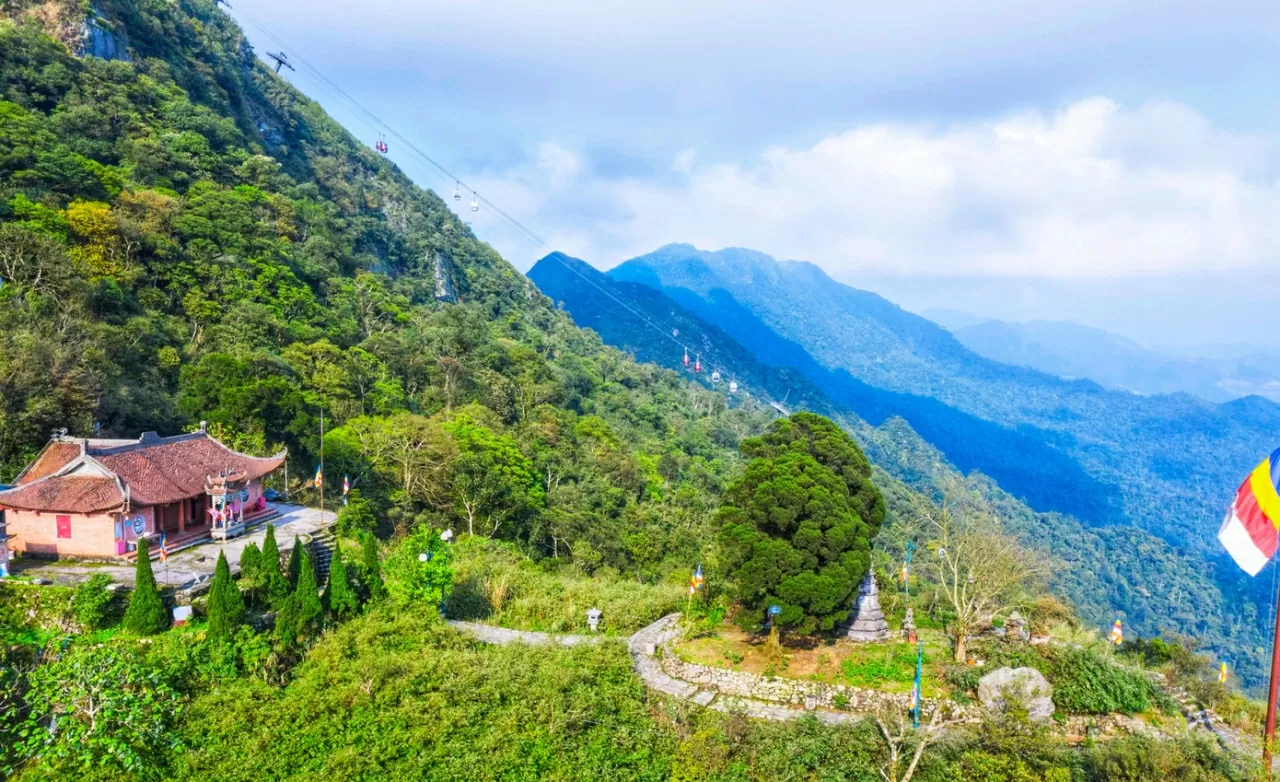
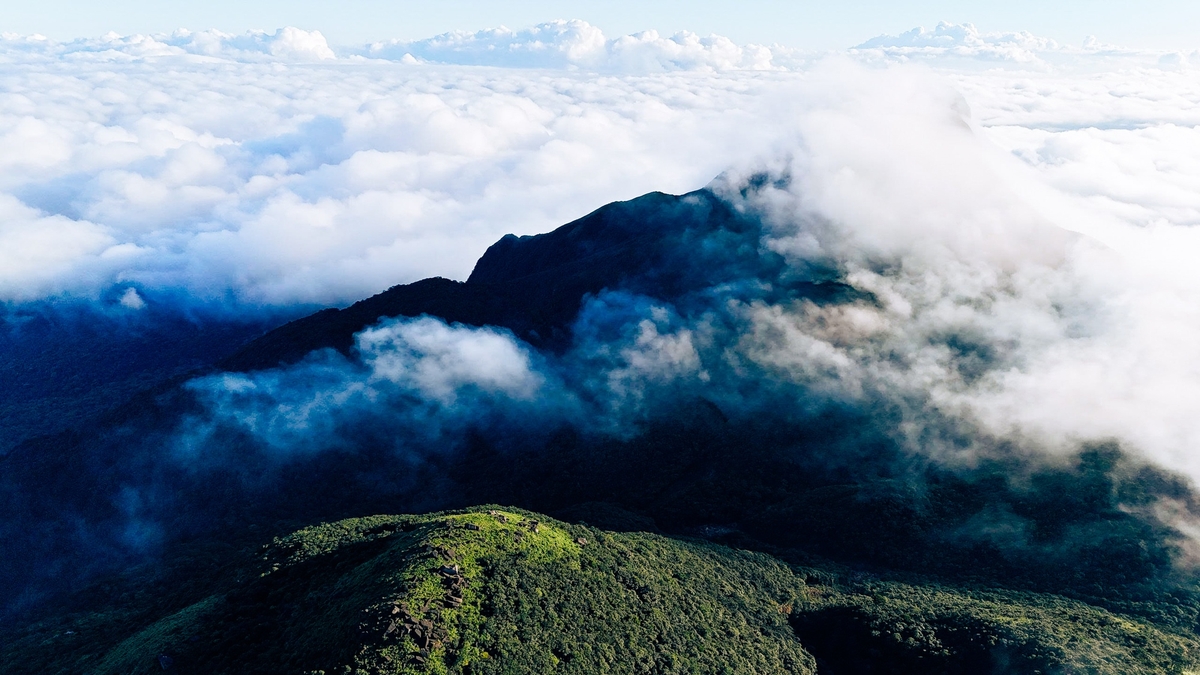
![[Photo] Prime Minister Pham Minh Chinh meets with representatives of outstanding teachers](https://vphoto.vietnam.vn/thumb/1200x675/vietnam/resource/IMAGE/2025/11/15/1763215934276_dsc-0578-jpg.webp)

![[Photo] General Secretary To Lam receives Vice President of Luxshare-ICT Group (China)](https://vphoto.vietnam.vn/thumb/1200x675/vietnam/resource/IMAGE/2025/11/15/1763211137119_a1-bnd-7809-8939-jpg.webp)
![[Photo] Panorama of the 2025 Community Action Awards Final Round](https://vphoto.vietnam.vn/thumb/1200x675/vietnam/resource/IMAGE/2025/11/15/1763206932975_chi-7868-jpg.webp)
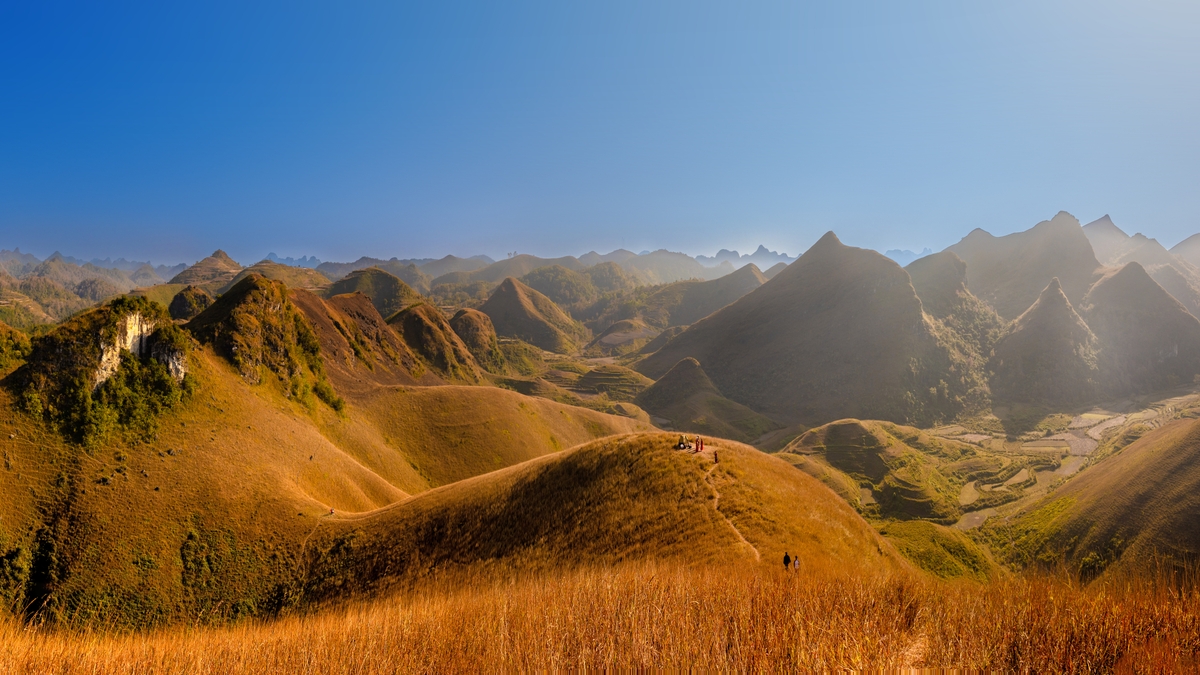
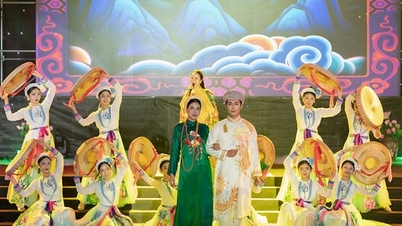



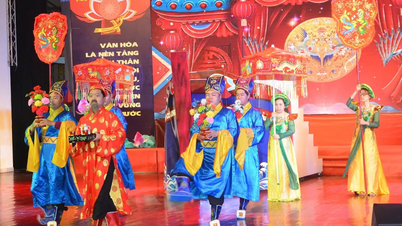

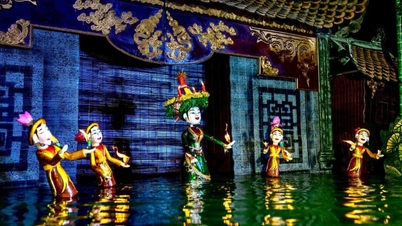



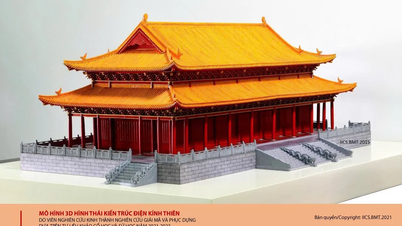
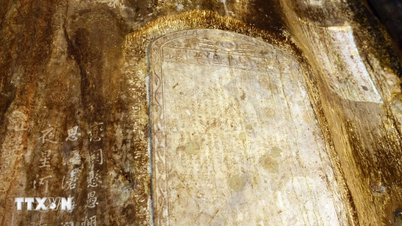

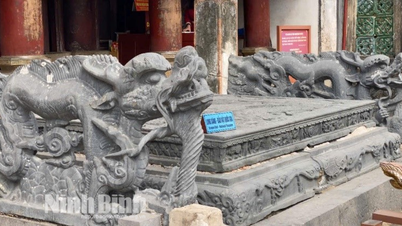





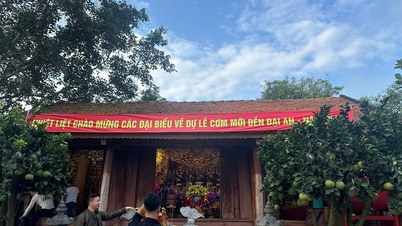


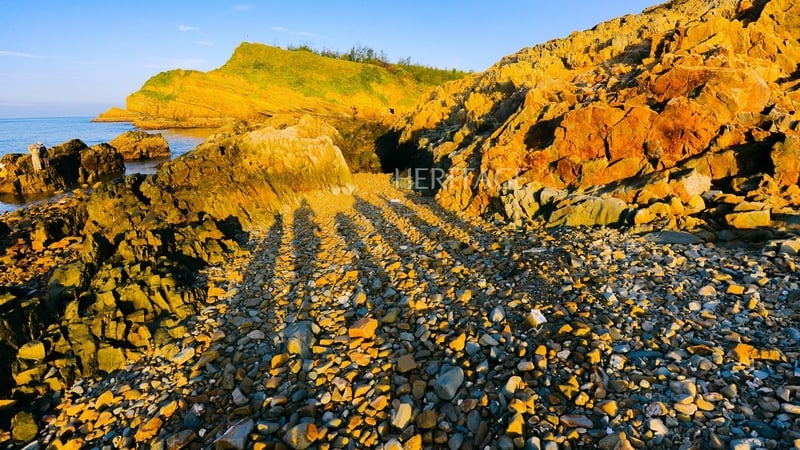


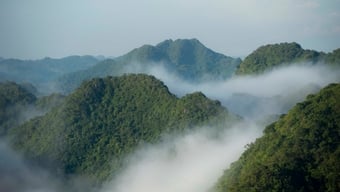
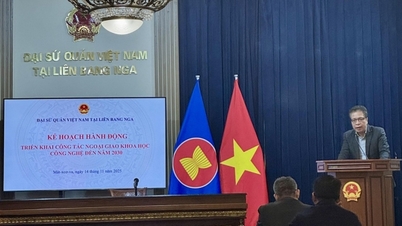



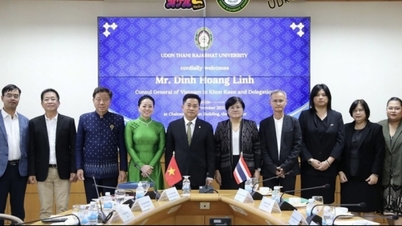
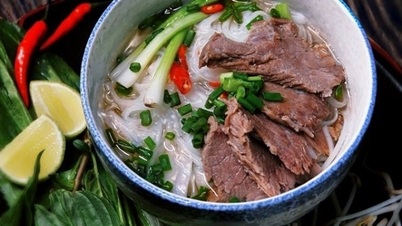
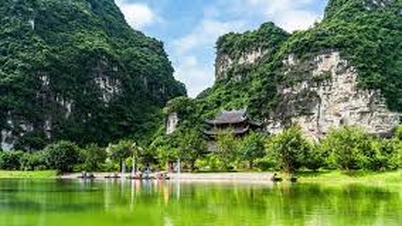
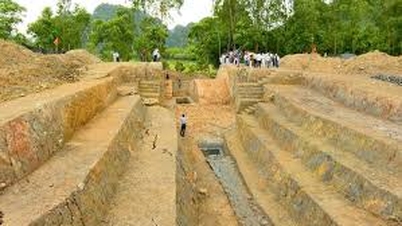






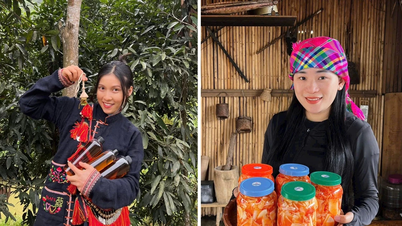










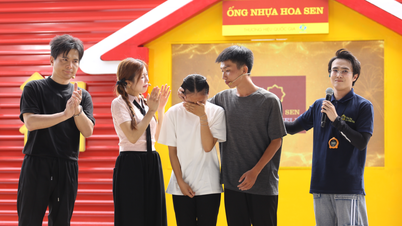




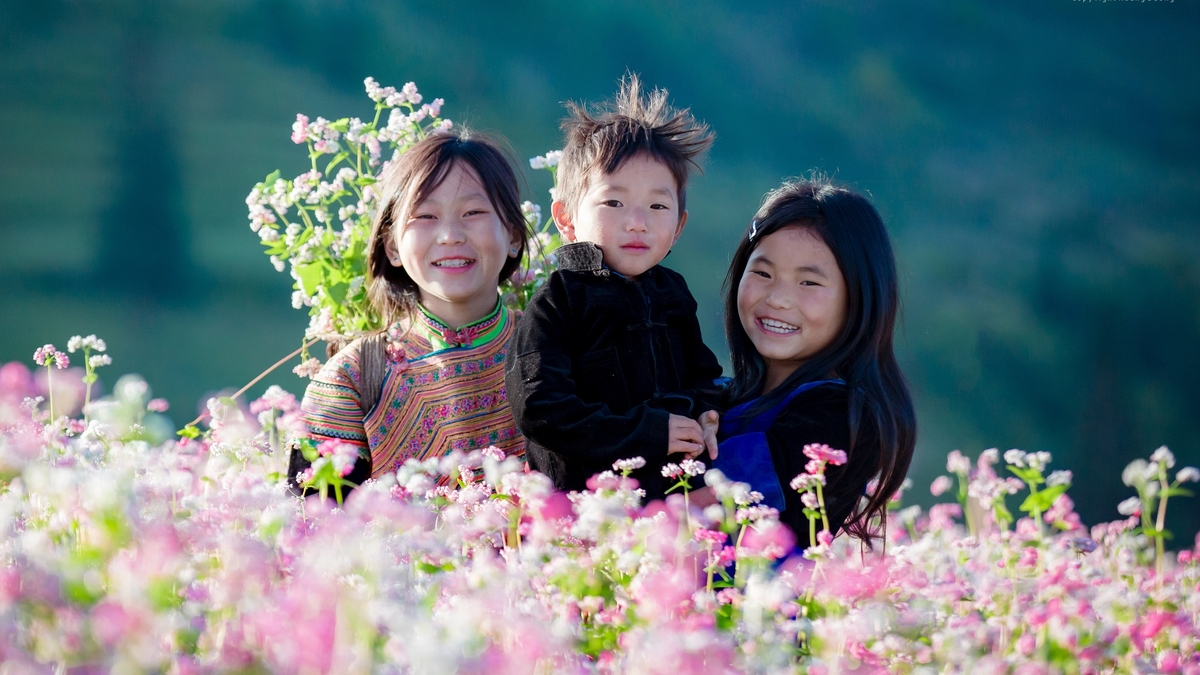



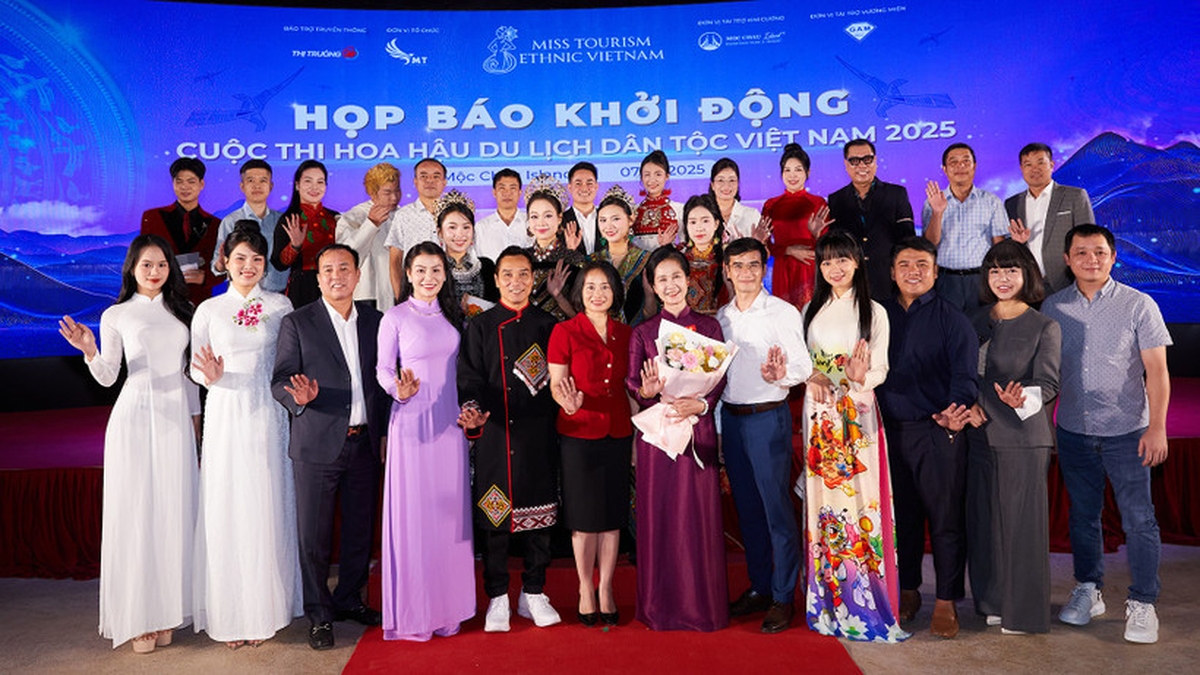
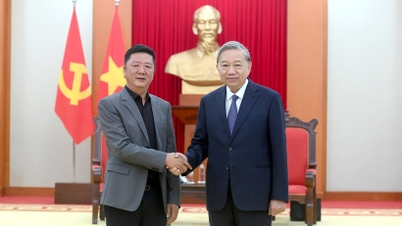

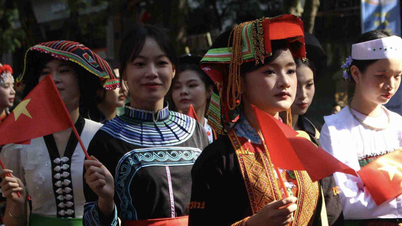




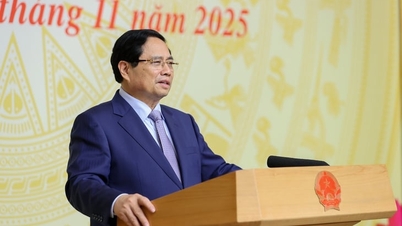



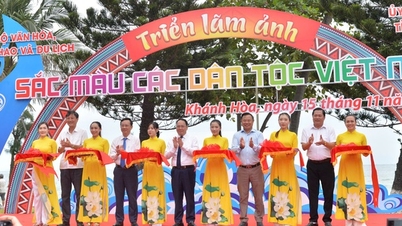

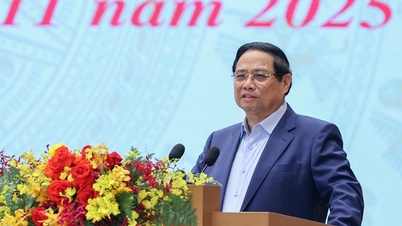
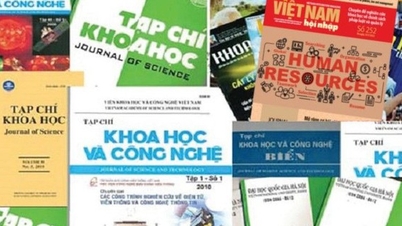
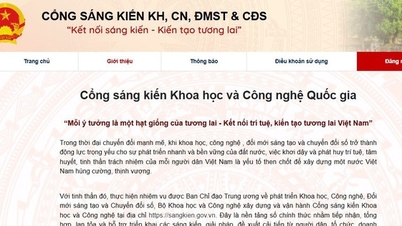






















Comment (0)